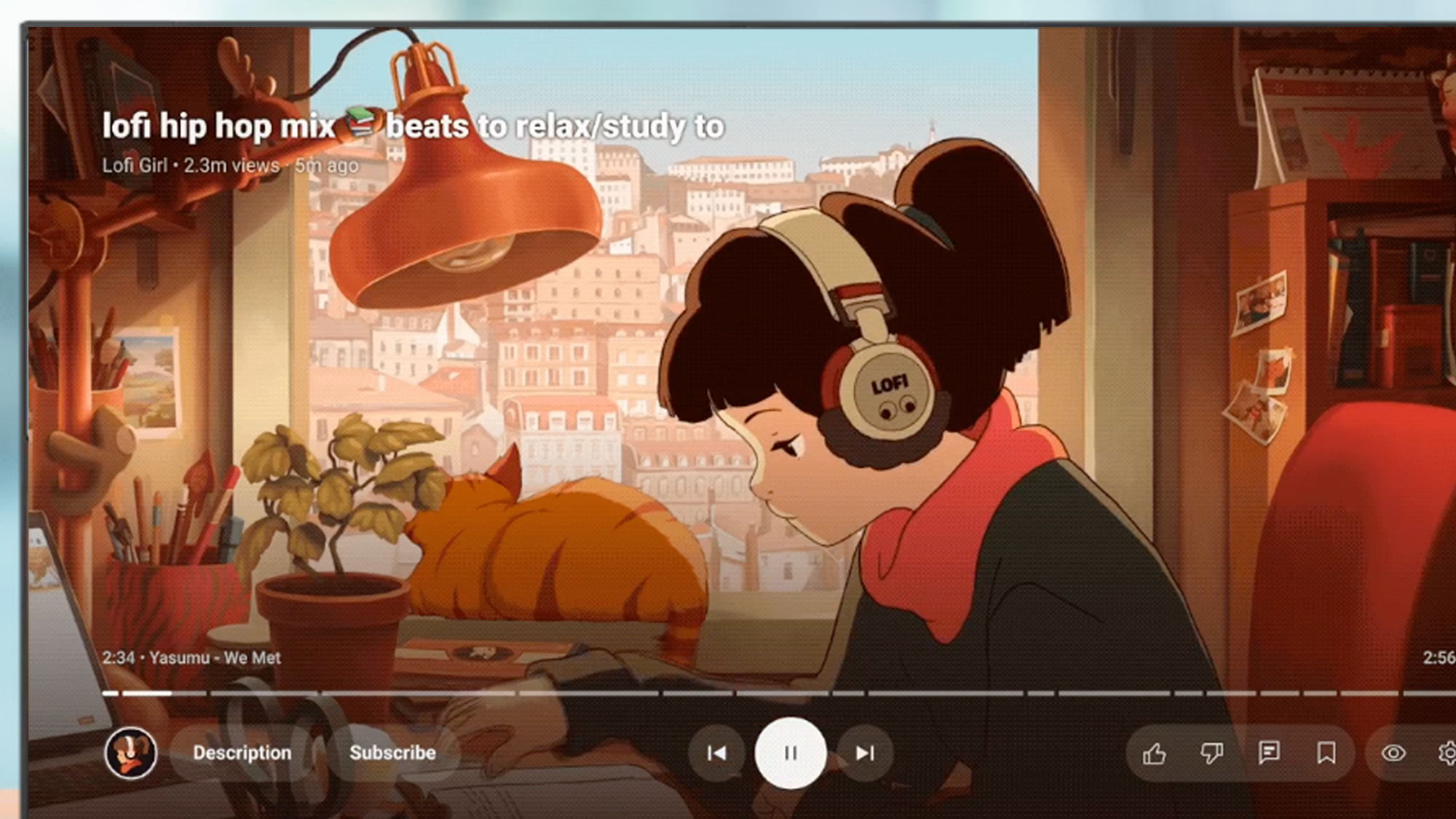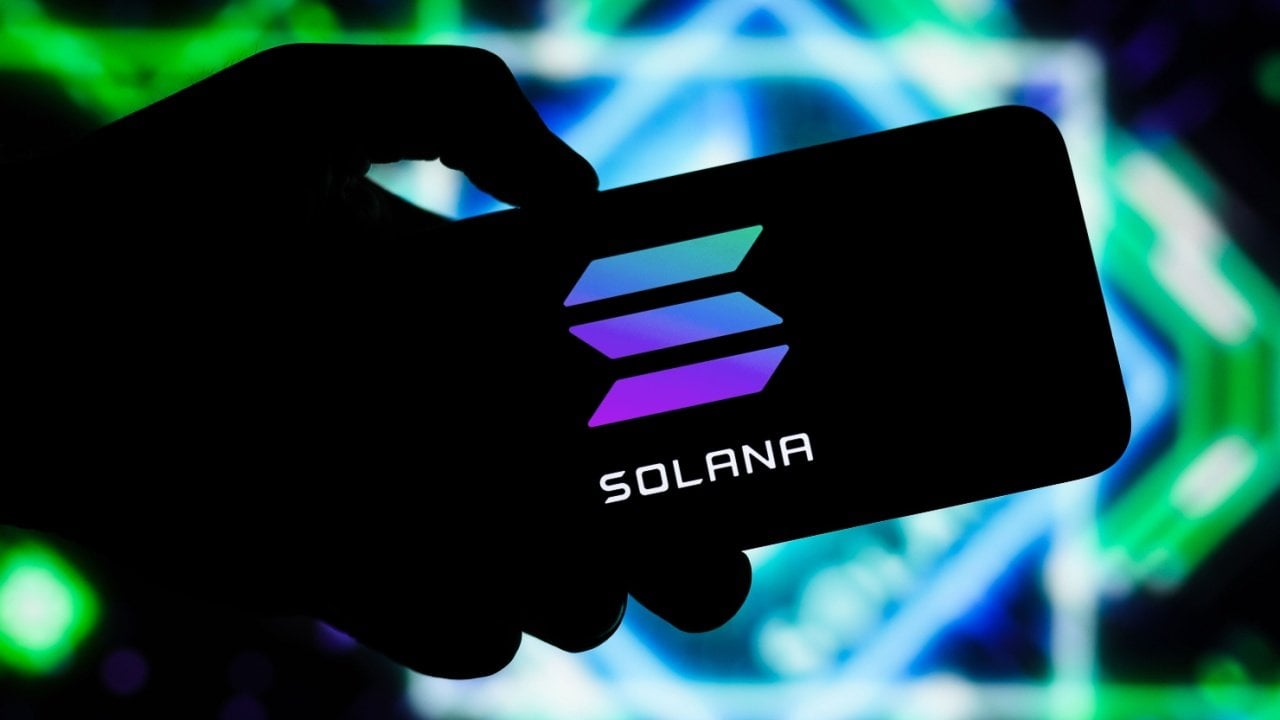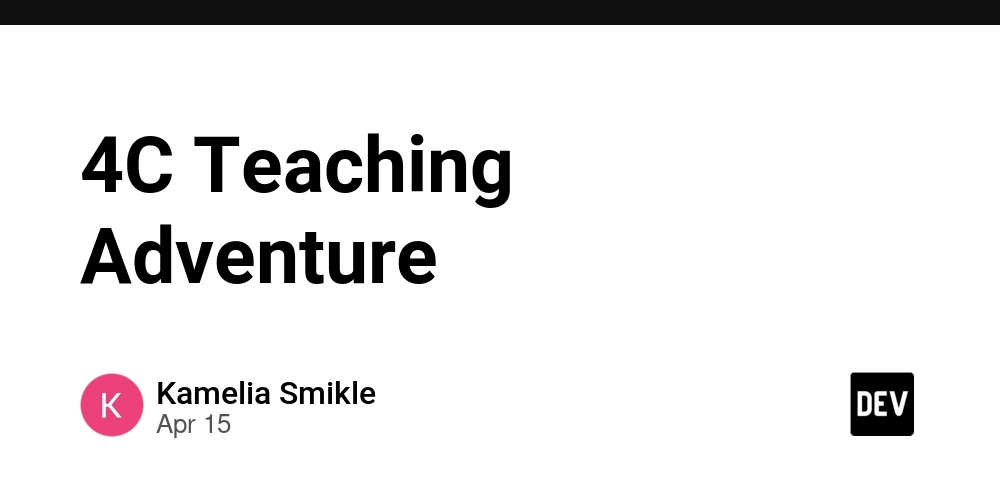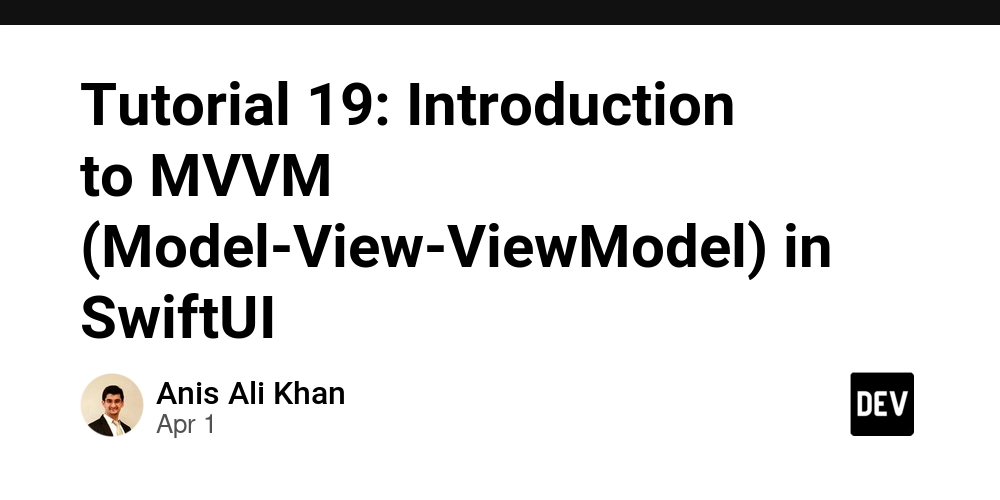Analyzing Software Architecture Decisions: Data Access Object vs DDD Repository
In software architecture, how we organize database access logic can significantly affect maintainability, scalability, and adaptability to business changes. This article compares two common approaches: The traditional model-based structure used in frameworks like CodeIgniter, where both read and write logic are combined in a single file, is often referred to as the Data Access Object (DAO) pattern. The Domain-Driven Design (DDD) approach using the Repository Pattern, which often separates read and write responsibilities. Data Access Object Architecture: Centralized Model Logic In frameworks like CodeIgniter, database operations are typically handled through models, where all related logic is grouped together. For example: class User_model extends CI_Model { public function get_user($id) { ... } // Read operation public function insert_user($data) { ... } // Write operation } Characteristics: Both read and write logic are centralized in a single class. Models interact directly with the database using query builders or raw SQL. Business logic often overlaps with infrastructure concerns. Challenges: Violation of Single Responsibility Principle (SRP): Models tend to become "god classes" over time. Scalability issues: As the application grows, these models become bloated and harder to maintain. Tight coupling to the database schema: Any change in business logic may require changes across the entire stack. Poor testability: Mixing business and database logic makes unit testing more difficult. Domain-Driven Design (DDD): Repository Pattern and Read Separation In DDD, we embrace clear separations of concerns between domain logic, application logic, and infrastructure. The Repository Pattern is used to manage domain object persistence, typically focusing on write operations. Read operations are often handled separately, especially in complex domains. Example: interface UserRepository { public function save(User $user); // Write operation public function byId(UserId $id): User; // Optional read } class UserQueryService { public function findActiveUsers(): array; // Read logic } Characteristics: Repositories focus on persisting aggregates (write). Query services or CQRS are used for read operations, allowing flexible data shaping (DTOs, joins, reports). Encourages a clean separation between domain logic and infrastructure. Challenges: Higher initial complexity: The layered structure requires more boilerplate and planning. Steeper learning curve: Especially for teams unfamiliar with DDD concepts. Divergence between read and write models: Requires careful synchronization and management. Increased file and class count: More interfaces and services, which can be overwhelming without proper structure. Long-term Maintenance and Business Adaptability Aspect Data Access Object DDD with Repository Feature expansion Fast initially, slows down later Slower to start, scales well Business process changes Hard to adapt, tightly coupled Easy to adapt, isolated logic Testing Difficult, often requires DB Easy, supports unit testing Developer onboarding Easier for juniors Requires DDD knowledge Complex querying (read) With raw SQL or plain db access library Separates into query services or implements CQRS Conclusion: Which Approach to Choose? Use Data Access Object for small to medium-sized projects where speed of development is a priority and domain complexity is low. Choose DDD with separated repositories and query services for large-scale, long-term systems that are domain-heavy and subject to frequent business changes. This trade-off between simplicity and long-term maintainability is at the heart of architectural decision-making. While DDD introduces more structure and complexity upfront, it pays off significantly when dealing with evolving business needs and complex domains.
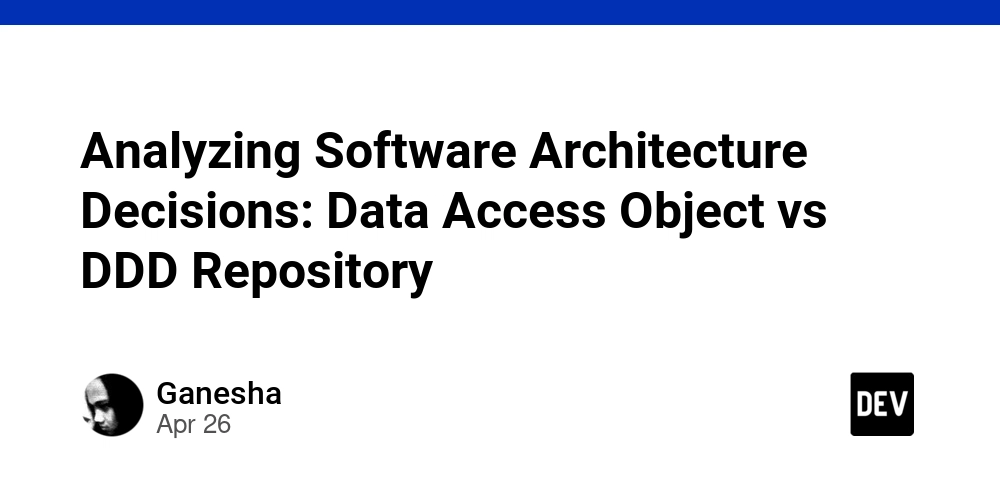
In software architecture, how we organize database access logic can significantly affect maintainability, scalability, and adaptability to business changes. This article compares two common approaches:
The traditional model-based structure used in frameworks like CodeIgniter, where both read and write logic are combined in a single file, is often referred to as the Data Access Object (DAO) pattern.
The Domain-Driven Design (DDD) approach using the Repository Pattern, which often separates read and write responsibilities.
Data Access Object Architecture: Centralized Model Logic
In frameworks like CodeIgniter, database operations are typically handled through models, where all related logic is grouped together. For example:
class User_model extends CI_Model {
public function get_user($id) { ... } // Read operation
public function insert_user($data) { ... } // Write operation
}
Characteristics:
- Both read and write logic are centralized in a single class.
- Models interact directly with the database using query builders or raw SQL.
- Business logic often overlaps with infrastructure concerns.
Challenges:
- Violation of Single Responsibility Principle (SRP): Models tend to become "god classes" over time.
- Scalability issues: As the application grows, these models become bloated and harder to maintain.
- Tight coupling to the database schema: Any change in business logic may require changes across the entire stack.
- Poor testability: Mixing business and database logic makes unit testing more difficult.
Domain-Driven Design (DDD): Repository Pattern and Read Separation
In DDD, we embrace clear separations of concerns between domain logic, application logic, and infrastructure. The Repository Pattern is used to manage domain object persistence, typically focusing on write operations. Read operations are often handled separately, especially in complex domains.
Example:
interface UserRepository {
public function save(User $user); // Write operation
public function byId(UserId $id): User; // Optional read
}
class UserQueryService {
public function findActiveUsers(): array; // Read logic
}
Characteristics:
- Repositories focus on persisting aggregates (write).
- Query services or CQRS are used for read operations, allowing flexible data shaping (DTOs, joins, reports).
- Encourages a clean separation between domain logic and infrastructure.
Challenges:
- Higher initial complexity: The layered structure requires more boilerplate and planning.
- Steeper learning curve: Especially for teams unfamiliar with DDD concepts.
- Divergence between read and write models: Requires careful synchronization and management.
- Increased file and class count: More interfaces and services, which can be overwhelming without proper structure.
Long-term Maintenance and Business Adaptability
| Aspect | Data Access Object | DDD with Repository |
|---|---|---|
| Feature expansion | Fast initially, slows down later | Slower to start, scales well |
| Business process changes | Hard to adapt, tightly coupled | Easy to adapt, isolated logic |
| Testing | Difficult, often requires DB | Easy, supports unit testing |
| Developer onboarding | Easier for juniors | Requires DDD knowledge |
| Complex querying (read) | With raw SQL or plain db access library | Separates into query services or implements CQRS |
Conclusion: Which Approach to Choose?
Use Data Access Object for small to medium-sized projects where speed of development is a priority and domain complexity is low.
Choose DDD with separated repositories and query services for large-scale, long-term systems that are domain-heavy and subject to frequent business changes.
This trade-off between simplicity and long-term maintainability is at the heart of architectural decision-making. While DDD introduces more structure and complexity upfront, it pays off significantly when dealing with evolving business needs and complex domains.











































































































































































![[The AI Show Episode 144]: ChatGPT’s New Memory, Shopify CEO’s Leaked “AI First” Memo, Google Cloud Next Releases, o3 and o4-mini Coming Soon & Llama 4’s Rocky Launch](https://www.marketingaiinstitute.com/hubfs/ep%20144%20cover.png)
















































































































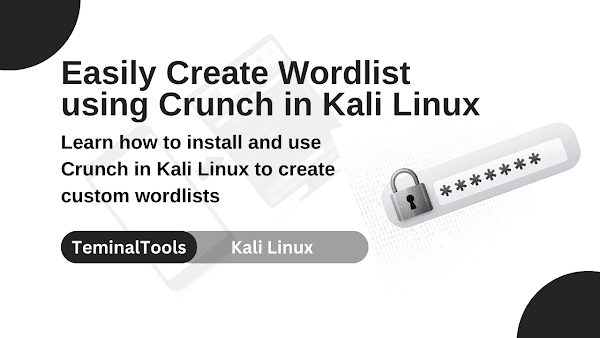
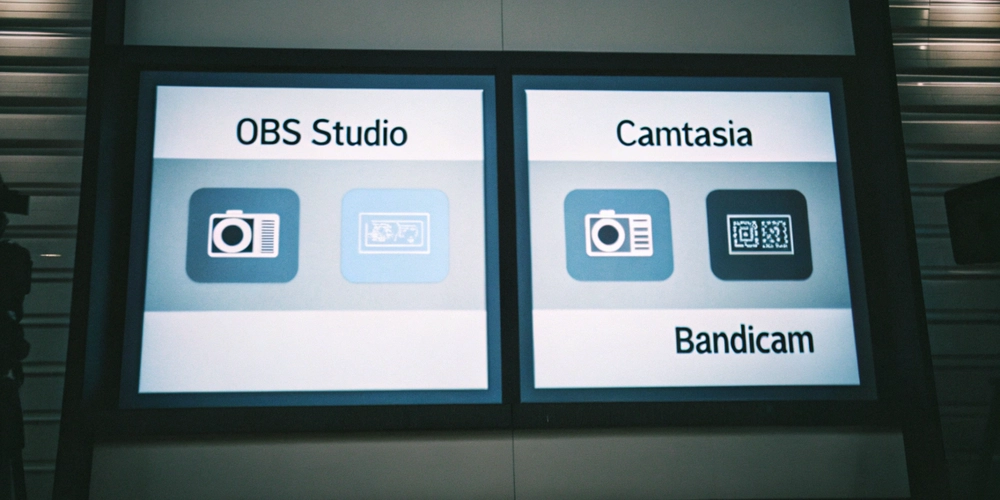
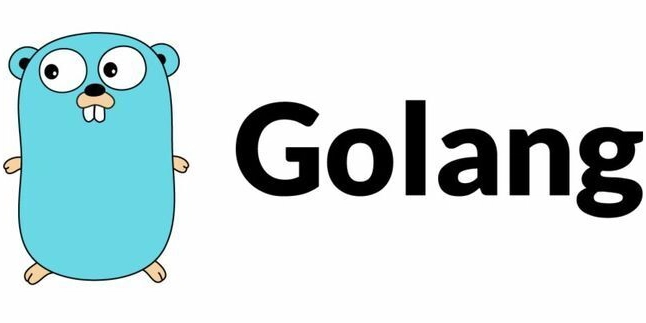










![[FREE EBOOKS] AI and Business Rule Engines for Excel Power Users, Machine Learning Hero & Four More Best Selling Titles](https://www.javacodegeeks.com/wp-content/uploads/2012/12/jcg-logo.jpg)























































.jpg?width=1920&height=1920&fit=bounds&quality=70&format=jpg&auto=webp#)





















































































_Olekcii_Mach_Alamy.jpg?width=1280&auto=webp&quality=80&disable=upscale#)


















































































































![Apple Drops New Immersive Adventure Episode for Vision Pro: 'Hill Climb' [Video]](https://www.iclarified.com/images/news/97133/97133/97133-640.jpg)

![Most iPhones Sold in the U.S. Will Be Made in India by 2026 [Report]](https://www.iclarified.com/images/news/97130/97130/97130-640.jpg)
![Apple to Shift Robotics Unit From AI Division to Hardware Engineering [Report]](https://www.iclarified.com/images/news/97128/97128/97128-640.jpg)

















